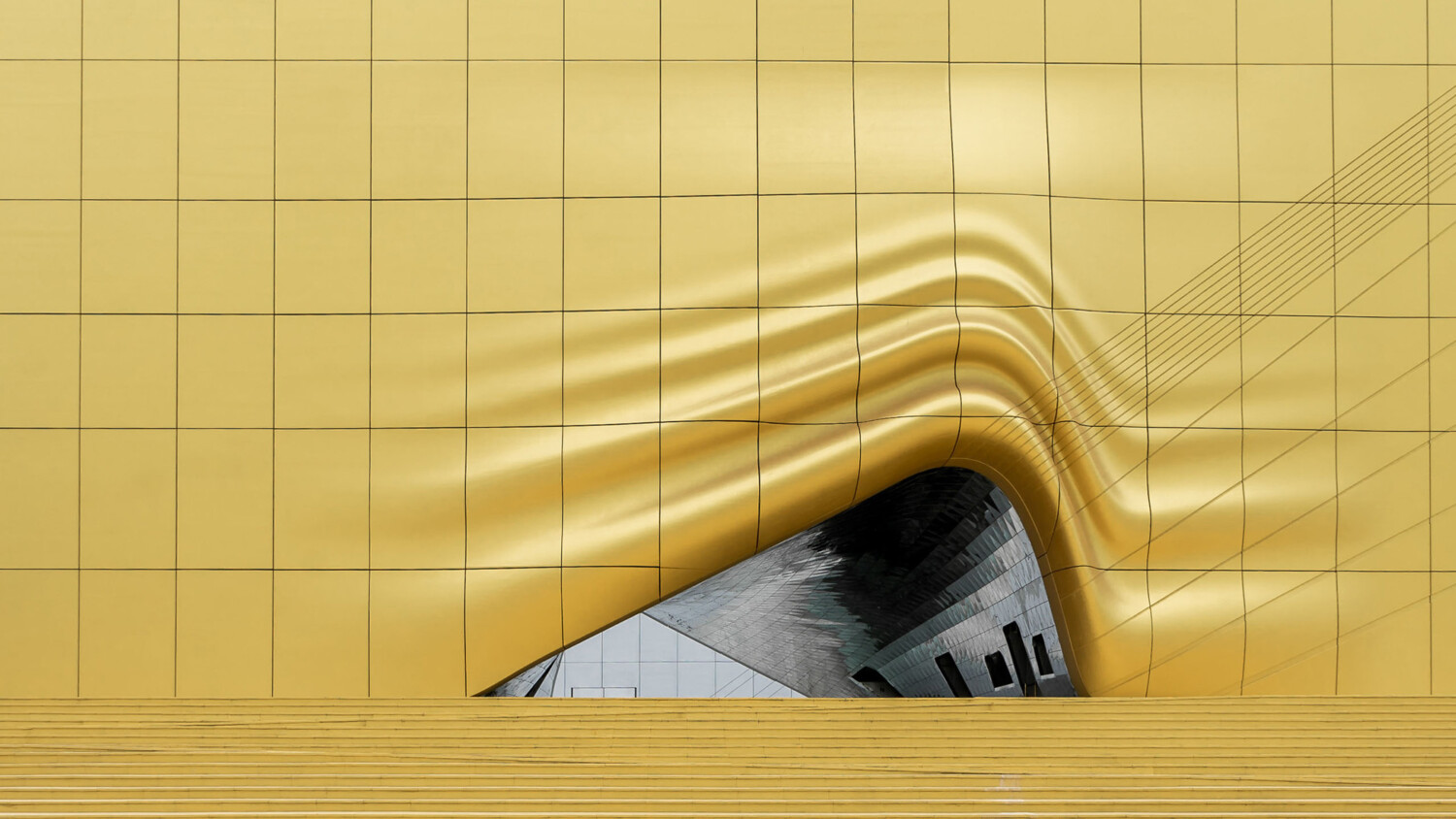Nancy Da Campo’s Love of Travel and Proactive Attitude Help Chart a Unique Career Path
Nancy Da Campo is an Italian photographer specialized in architecture, interiors, and the built environment. Educated as an architect, Nancy combines that experience with her passion for travel to chart a unique course within the architectural photography industry. Previously based in London and Paris, and now location independent (more on that below), she has worked internationally with architects, interior designers, cultural institutions, tourism boards, as well as numerous brands. Hope you enjoy the interview!
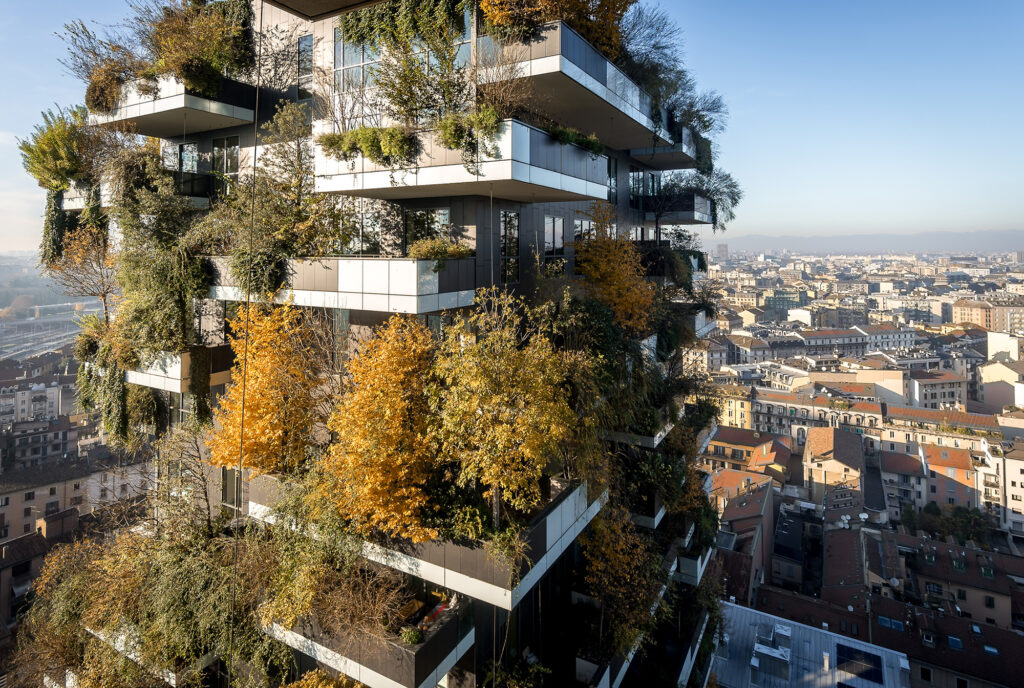
Hi Nancy, thanks so much for taking the time out of your busy schedule to join us at APAlmanac! I want to dive right into your photographic journey – can you tell us a little bit about your background and what initially attracted you to architecture and photography?
I always knew I wanted to pursue a creative career path so initially, my two choices for university were either Design or Architecture. Eventually, I went for the second one as I was told an architect can be a designer too but not vice versa.
I studied and graduated with a degree in Architecture in Milan, the city I’m from, and while I was writing my final dissertation I started to work in a small architecture firm. That’s where I had a first glimpse of what being an architect actually means, and after a few months, I decided to try something different. Staying within the architectural world, I applied for an internship as an editor for an Italian architecture magazine which, for me personally, ended up being more fulfilling than working as an architect.
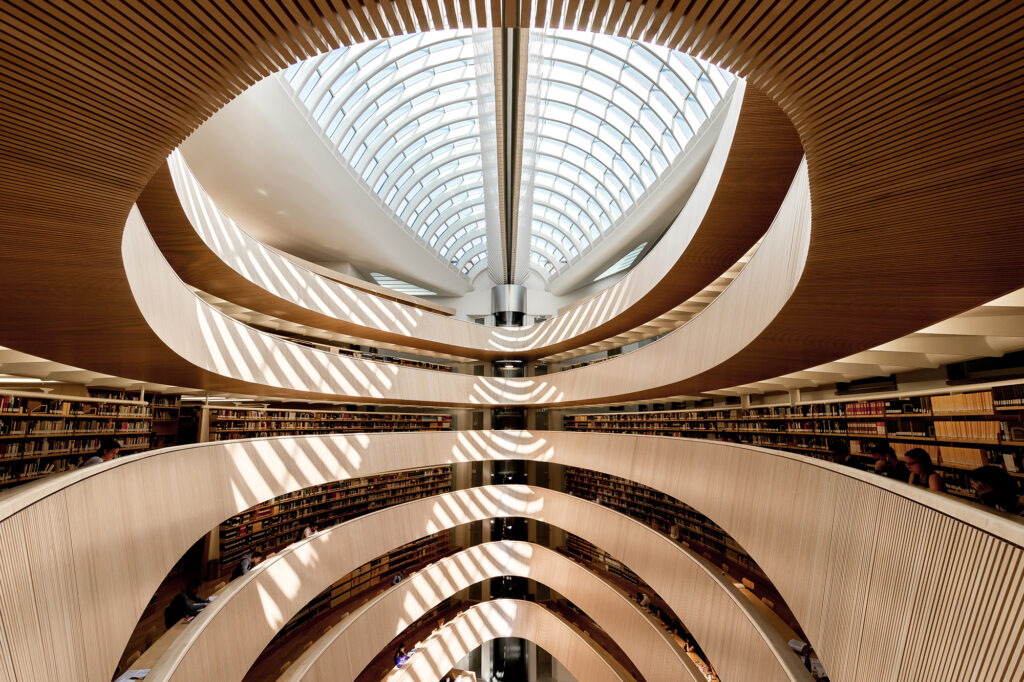
Once I graduated with my Master’s Degree I decided to leave Milan seeking out change, new life opportunities, and to try out life in a new country. Like many before me, I chose London for that. There I was, all alone, in a new environment, and I ended up filling up my free time with long walks exploring the city. All I used to take out with me at the time was my phone and I started to take quick snaps of facades, street views, details of buildings, and cityscapes from a higher viewpoint. Gradually, and with no other intention than to share with some friends what I was discovering in London, I started to upload these images on Instagram. This was in 2014. I had never been interested in photography prior to moving to London and I was an absolute amateur. I had never picked up a camera before.
At the time, the community aspect on Instagram was way higher than it is now and after a few months, I started to meet some local photographers. Some were professionals and others were amateurs just like me. I don’t have a formal education in photography. I’ve learned the basics from doing it, from trial and error, from shooting with other people, and from all the knowledge that is accessible on the internet in a variety of formats.
Months had passed, probably a full year actually, before I decided it was time to get a camera – it was an Olympus OMD EM10. I was steadily growing my community on Instagram and, thanks to the mentorship of the photographers I met, I started to shoot a variety of subjects related to products, food, and lifestyle.
However, I knew l wanted to stay connected to the architecture world, and after trying out different genres, I decided to purely focus on photographing buildings. I realized that even though I didn’t want to be an architect and design something new, I still wanted to be a part of this world documenting and capturing the beauty of the built environment through my lens.
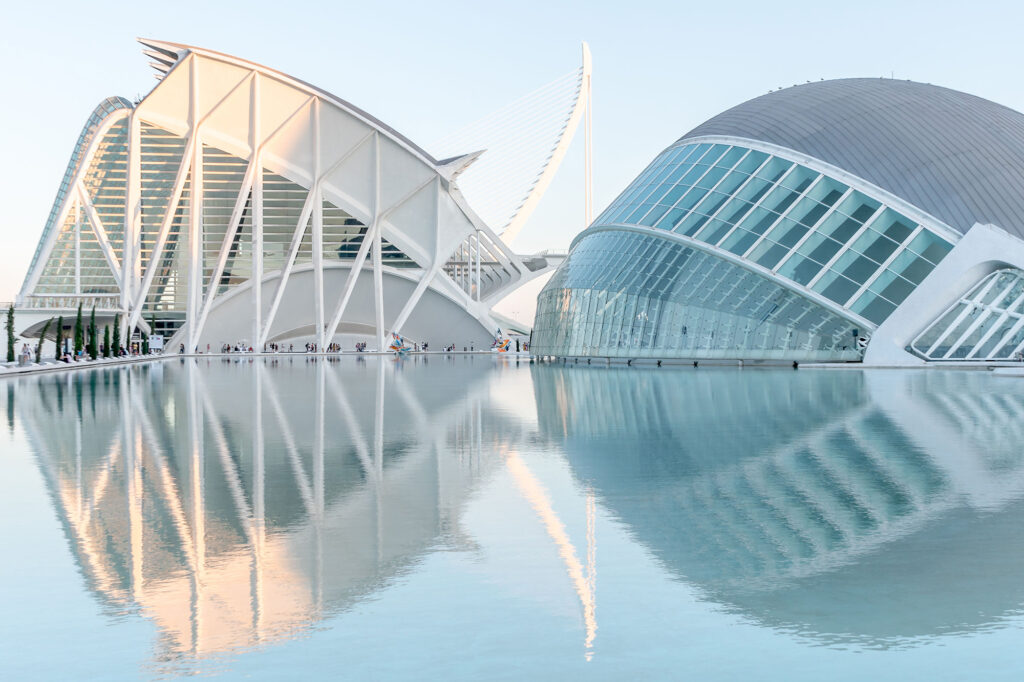
You’ve cultivated an impressive following on social media. Can you shed some light on how your background in digital marketing helped you market yourself?
It’s true that I did have experience working in digital marketing and content creation for a company in London and that helped me realize what kind of strategies work and what is not really effective when doing social media marketing. But I wouldn’t exactly say that my background is in digital marketing as, just like photography, I don’t really have an academic education in it. What I’ve learned is again from trying things out and informing myself on the internet as much as possible.
Regarding my Instagram, my audience grew to the current number of followers in a period of 6 years so it really didn’t happen overnight. What I’ve been doing throughout these years is mostly building up a personal portfolio that I constantly keep updated and that is instantly accessible to anyone all over the world. What you see on my feed are my images only. Sometimes I’m very selective with the content I want to post and I plan it out to have control on how the overall grid will look like, following a certain colour palette or curating the subjects so that I don’t have posts of the same building next to each other. Other times I’m not that strict at all and I share whichever image I like the most at that moment.
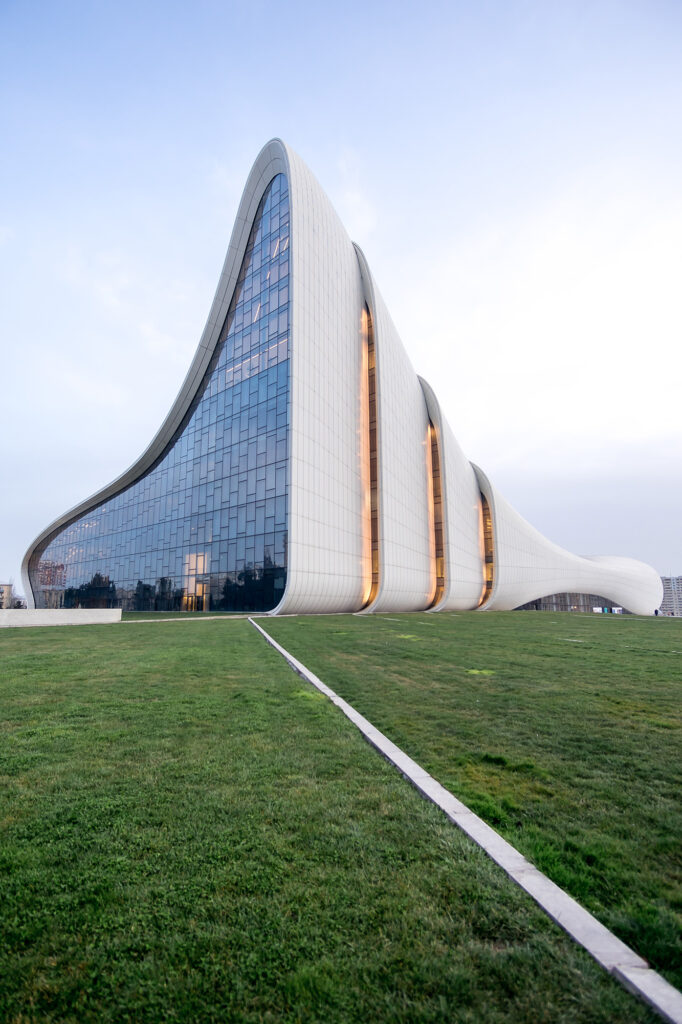
Generally speaking I try to be consistent by posting an image once a day or every other day and I always reply to anyone who spends time to write something regarding my images. I think this is the foundation to build a relationship with people who enjoy my photos.
I still consider Instagram as a community of people who have similar interests and passions. Since I travel a lot, I never miss the chance to personally meet other photographers, creatives, or people who like my photos and get in touch to meet me anytime I’m in the city they live in. This is the aspect I love most about Instagram, connecting with people in the digital world and then in the real one as soon as there’s a chance.
As I previously said, I consider my feed as my constantly-updated portfolio and as a tool to market myself and what I do so this is the channel I usually get hired from. I typically either get approached by potential clients (architecture firms, hotel chains, tourism boards, and a variety of other brands) directly on Instagram or, if not, they will contact me elsewhere but usually mention that they saw my work on the platform and that’s what peaked their interest in me.
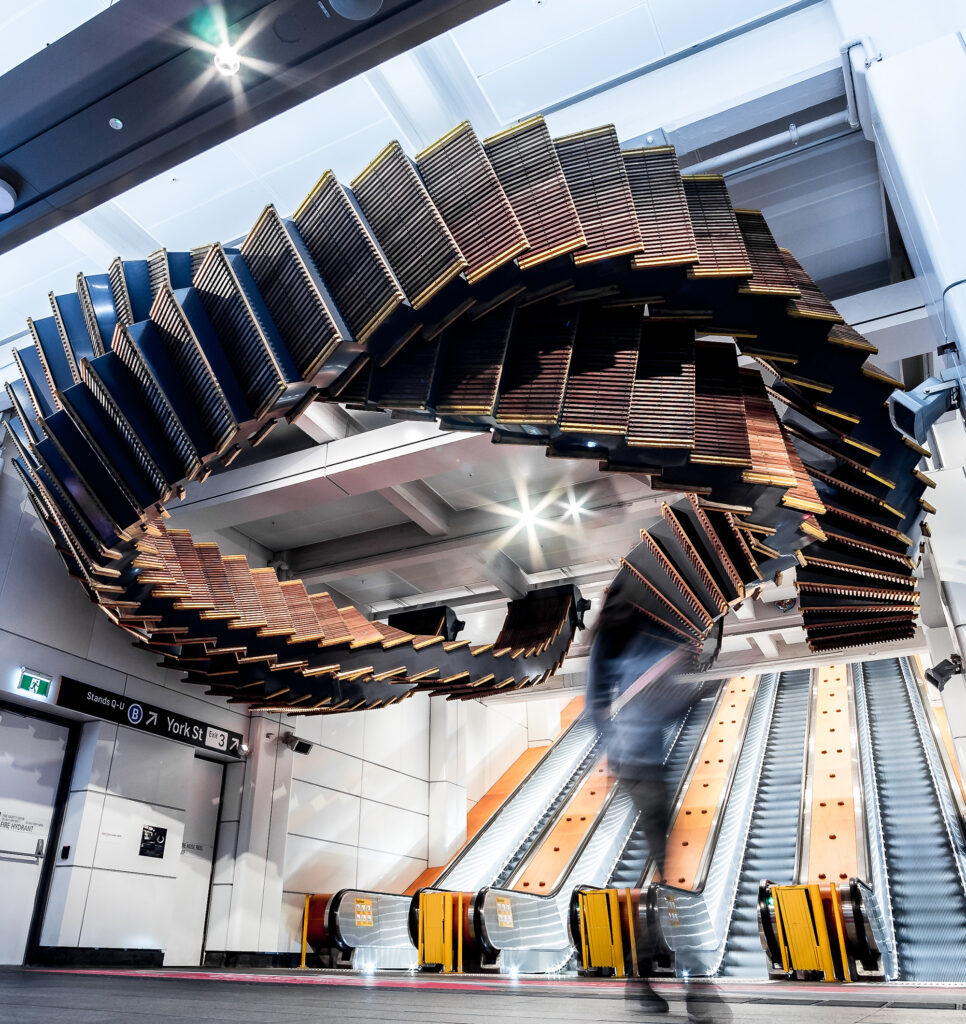
Rather than going down a more conventional route of having a place you call home and primarily shooting buildings and spaces for architects or interior designers, you’ve found a way to leverage your skill as a photographer to allow you to travel the world while visiting buildings that most of us can only experience through imagery from afar. Using your trip throughout Asia last year as an example, can you take us through what goes into the planning and logistics of a trip like this?
As I mentioned, I started with photography only five years ago but I’ve always been a traveler. Even while at uni I would never miss the chance to spend a long weekend abroad or plan my summertime in Europe. So I travel first and foremost because I like it. And now as a freelance photographer, I have the ability to be my own boss, which means I can work wherever I want. I think this is another aspect that steered me away from becoming an architect. On the practical side, my perception of it was that it’s oftentimes very much a static office job.
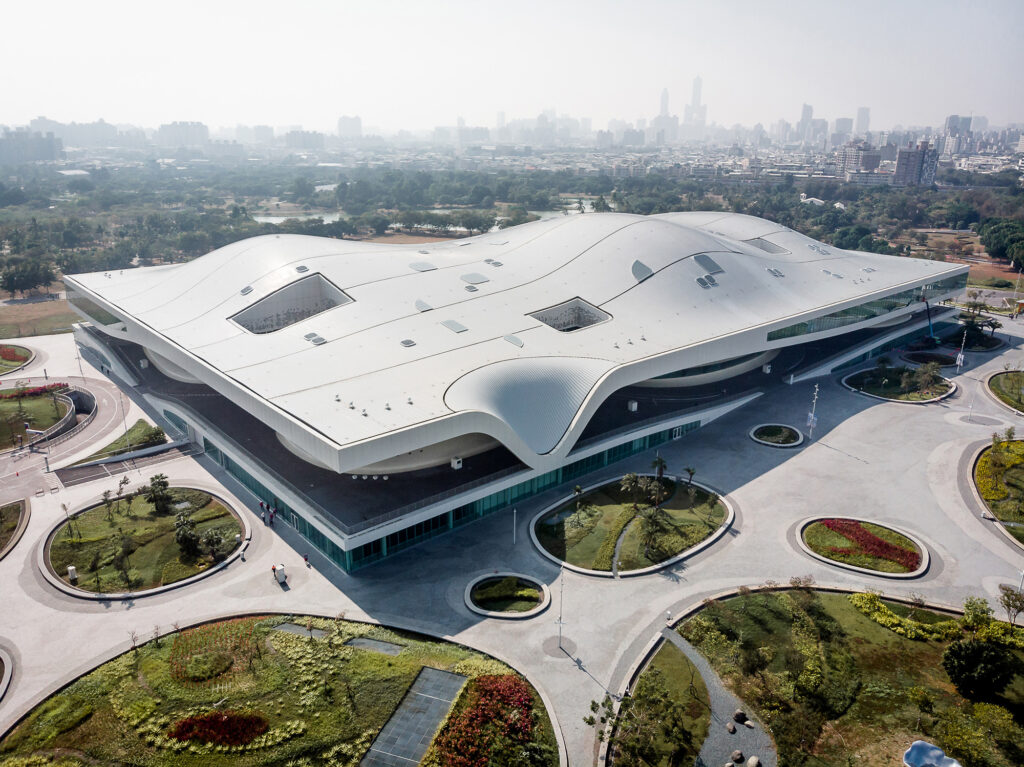
I’ve been based in several countries before starting this more nomadic lifestyle in which home is really wherever my suitcase happens to be at that time. Two years ago I left Sydney eager to visit and photograph as much of Asia as possible, a continent I’ve always been so fascinated with.
When traveling both for pleasure and work I generally choose the countries and cities I want to go to and plan my itinerary three months ahead, so that I have the time to research places I want to see, reaching out to people I would like to work with, and start building connections with local architecture firms, interior designers, hospitality venues, or tourism boards. I try to remain flexible so that if an opportunity arises and I need to travel to a certain location on a certain date, I can accommodate this into my travel plan and make changes accordingly.
During your trip, you became quite enamored with South Korea, both culturally and architecturally. Can you talk about what attracted you to the country and how the idea for your Seoul Photo Tour came about?
Yes, by now I think everybody knows I fell in love with South Korea! Before visiting, I didn’t know much about the country. Perhaps this is part of the reason why it really stood out and impressed me – despite being the last country I visited during my Asia trip before returning to Europe.
I fell in love with many aspects of Korean culture especially their food scene. Something else that stood out is their care and aesthetics in designing interior spaces, sometimes minimalistic and others very quirky and unique. This is a place where you can find gleaming skyscrapers right alongside historic Buddhist temples. South Korea is going through one of the fastest and largest urban transformations in the world and that makes Seoul and Busan such dynamic cities of change. They’re both incredibly fascinating to discover and photograph.
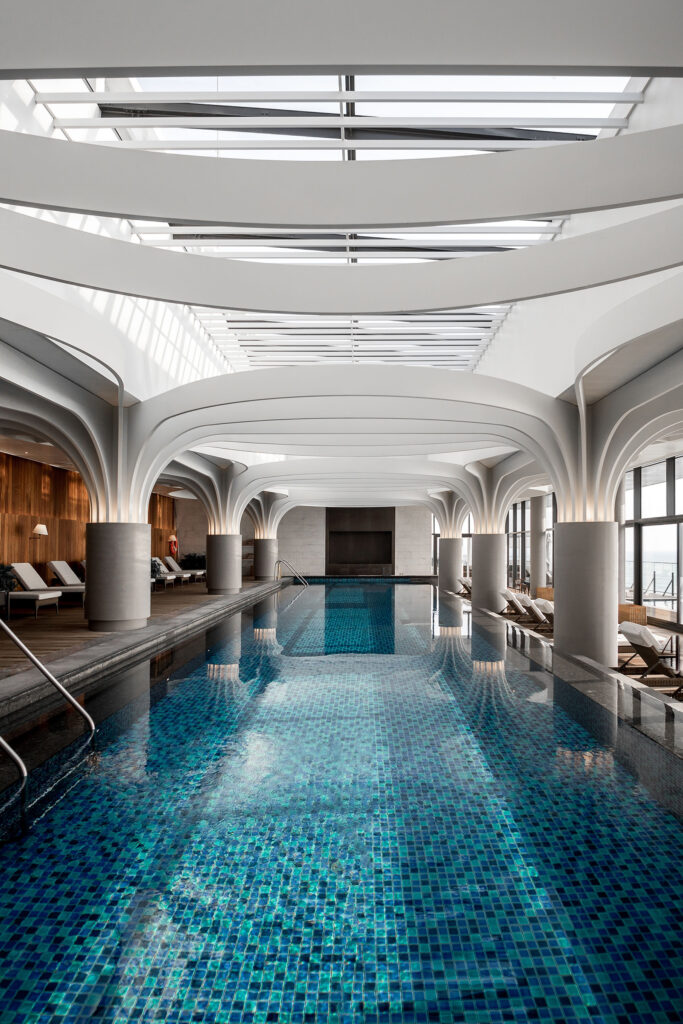
Once I got back to Europe and had time to reflect on what I’d experienced over the past year of travel throughout Asia I stumbled across a photo-trip program that a company called Moment was organizing together with photographers. That’s when I decided to send them my application in the hopes of taking people with me to see the beauty of South Korea. Working alongside Moment’s team, we planned out a seven-day long photography workshop itinerary and program so that the attendees would simultaneously get to experience all that Seoul and Busan have to offer as well as receiving on-site photography training with me. Unfortunately, the tour should have taken place in May of this year but due to the current pandemic, it is postponed to May 2021. I’m still very excited and I literally cannot wait for it to happen!
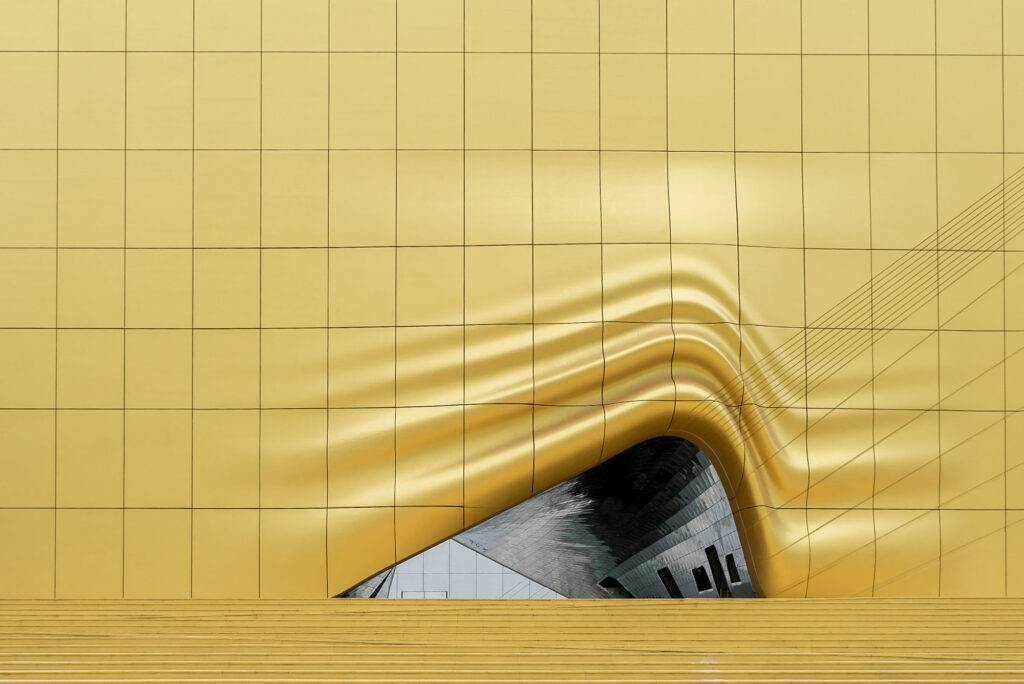
In the future, I absolutely want to organize more photography workshops in different cities – possibly in Europe as that happens to be where most of my audience is based. I already had more in mind for this year but unfortunately, any travel plans have had to be postponed. New destinations maybe Milan, as it’s my home city, so I am keen on letting people discover more of it; Copenhagen, one of my absolute favourite cities for its taste in design and innovative architecture; Sydney and Melbourne, for their mix of Victorian and modern buildings, as well as more recently built landmarks.
You’re also juggling several other photography-related endeavors – can you describe some of those?
Yes that’s right, I’m actually involved in many pursuits besides pure photography. I had the urge to share more of what I’ve learned over the past few years through my photography journey and since it would be logistically difficult for me to physically teach what people would want to learn from me, I thought of putting some of my knowledge online. I created a short 30-minute long video lesson called “Learn How To Take Photos Of Any Building” and I chose Skillshare as a hosting platform as I found it to be a good fit since they collect lessons about creative fields, productivity, and entrepreneurship.
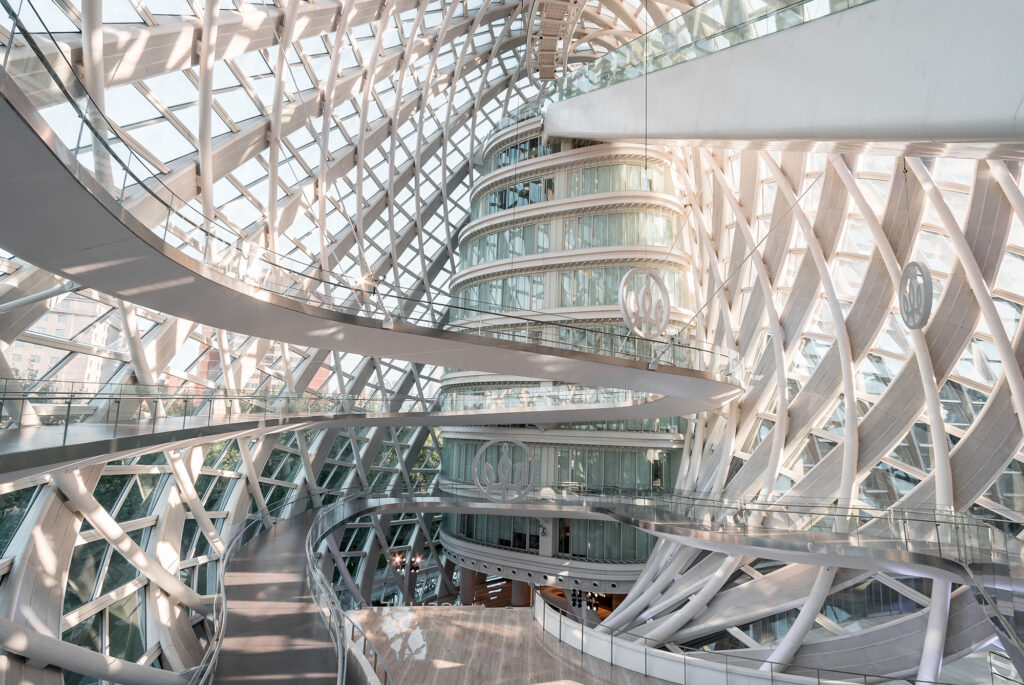
There I shared some tips on how to better compose an image, make good use of leading lines and symmetry and a quick editing and retouching session. I really enjoyed filming it – I did it while I was in Lisbon and used Oriente Station by Calatrava as a photographic subject for the entire lesson – and I definitely want to make more in the future.
Moreover, through Instagram, I get the opportunity to work with a selection of brands and companies in a variety of ways, sometimes endorsing products and services, increasing brand awareness, hosting photography walks/workshops, as well as creating and managing promotional marketing campaigns. This is another really fun part of my job as it gives me the opportunity to work in a closer relationship with companies I already know and admire or I already use their products/services. I’ve been working with Skylum since the beginning of this year promoting their editing software Luminar and showing to my audience how I integrate it into my editing workflow and why I think it’s a valuable tool to use.
And finally, do you have any advice for young photographers looking to make it in this industry?
I think rule number one should always be to seek out new opportunities rather than wait for them to come to you, so I always encourage photographers to be more proactive. What I personally did when I was starting out and what I recommend a beginner photographer to do is to build a brief PDF portfolio with your best or most significant body of work and start sending it to your local architecture firms and interior design studios. The goal is not necessarily to getting hired immediately, but just simply to introduce yourself and letting your potential clients know that you’re there, available, and willing to photograph their latest projects.
A second tip is to use social media to stay up-to-date with what your dream clients are doing and where their latest projects are being developed. Use the chance to network with clients you’re hoping to work with, but don’t forget to reach out to other photographers in your area too. Oftentimes, I ended up getting a commission because another photographer couldn’t take that assignment and recommended me instead. Your network is everything!
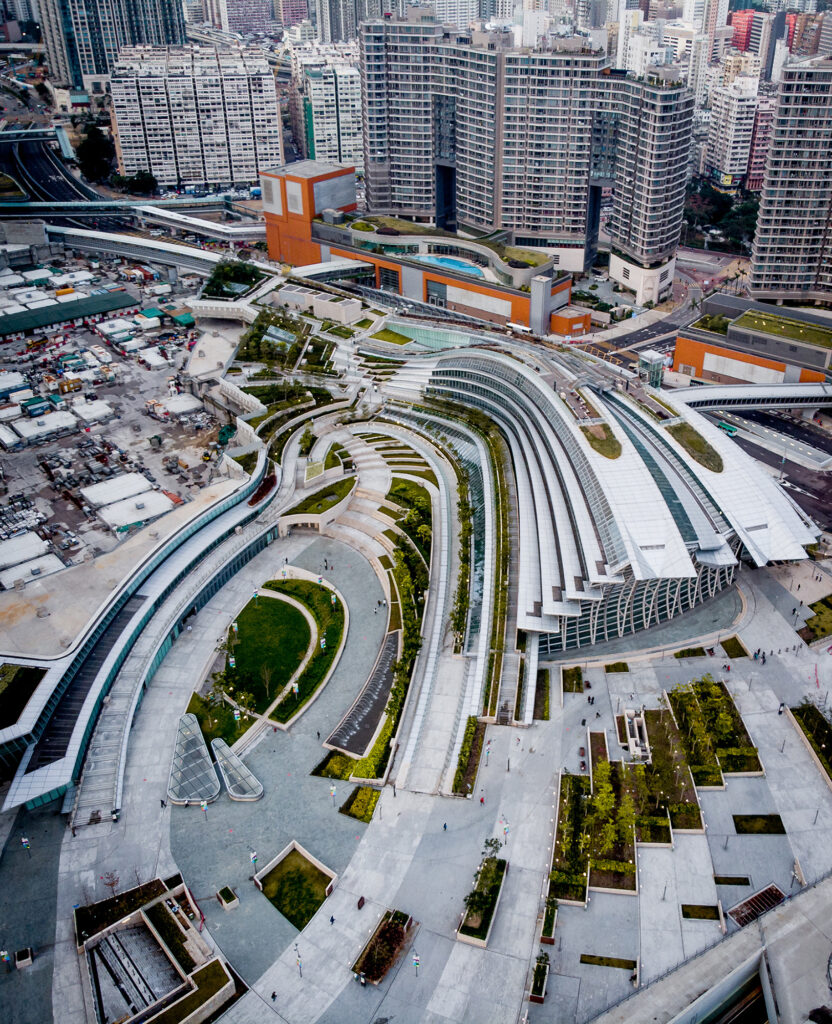
A massive thanks to Nancy for taking some time to chat with me about her amazing journey. We’ll be looking forward to tracking her next adventure! You can follow what Nancy is up to on her Instagram @_nancy_dc or visit her website here – spacesxplaces.com.
